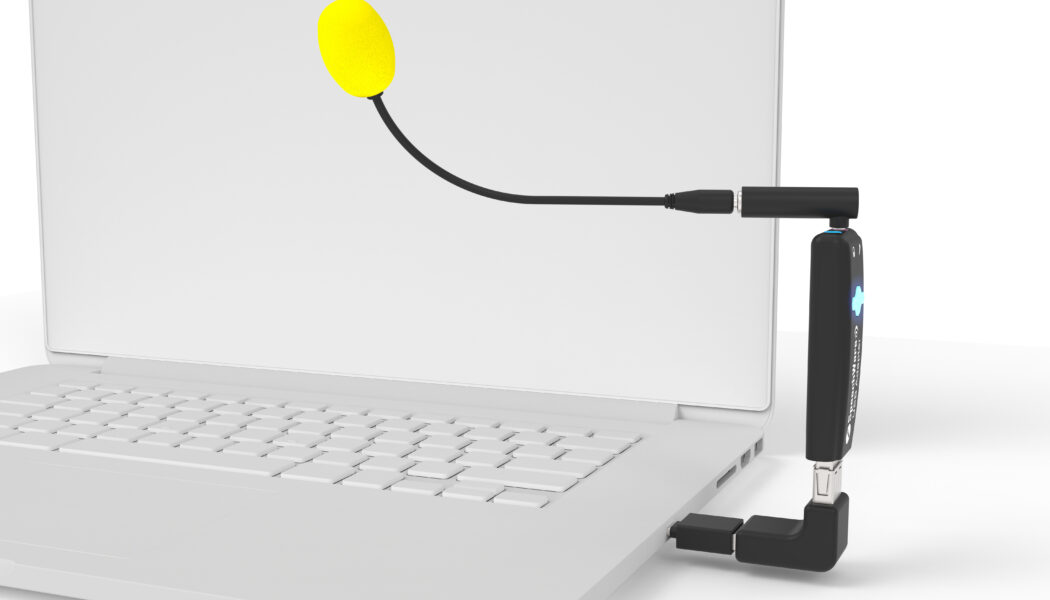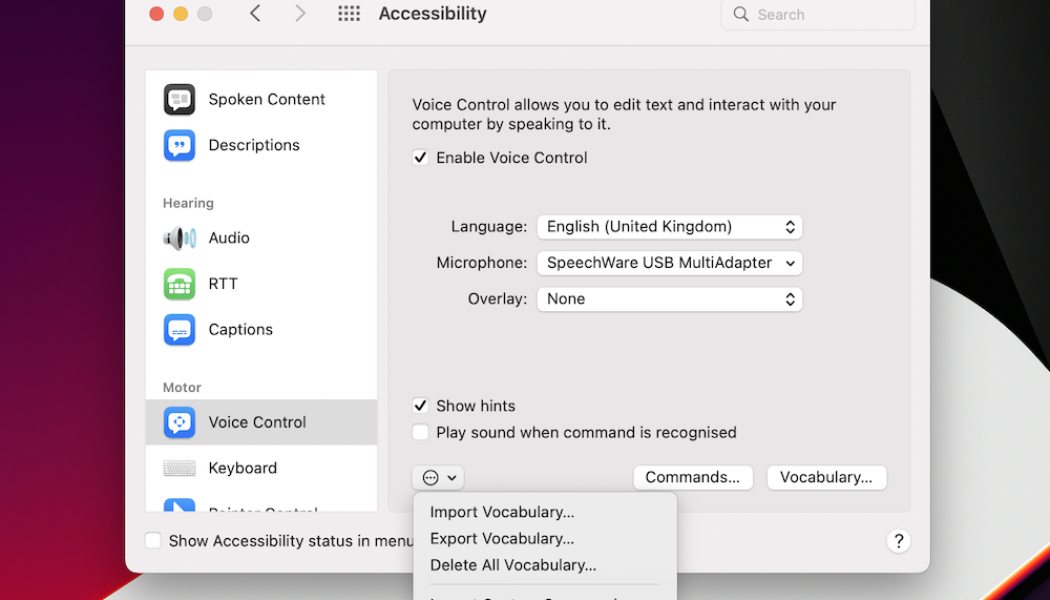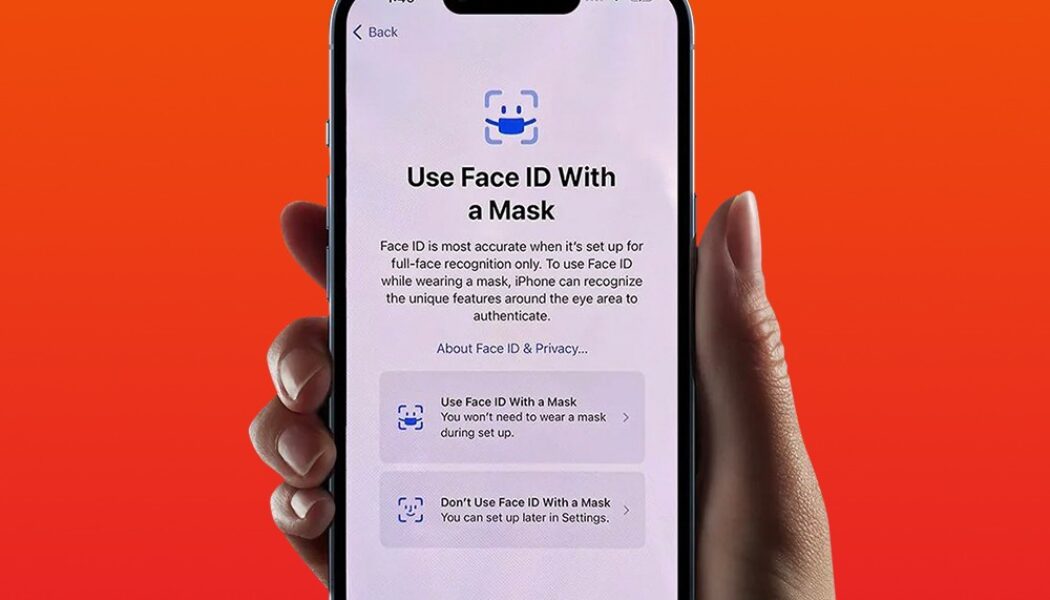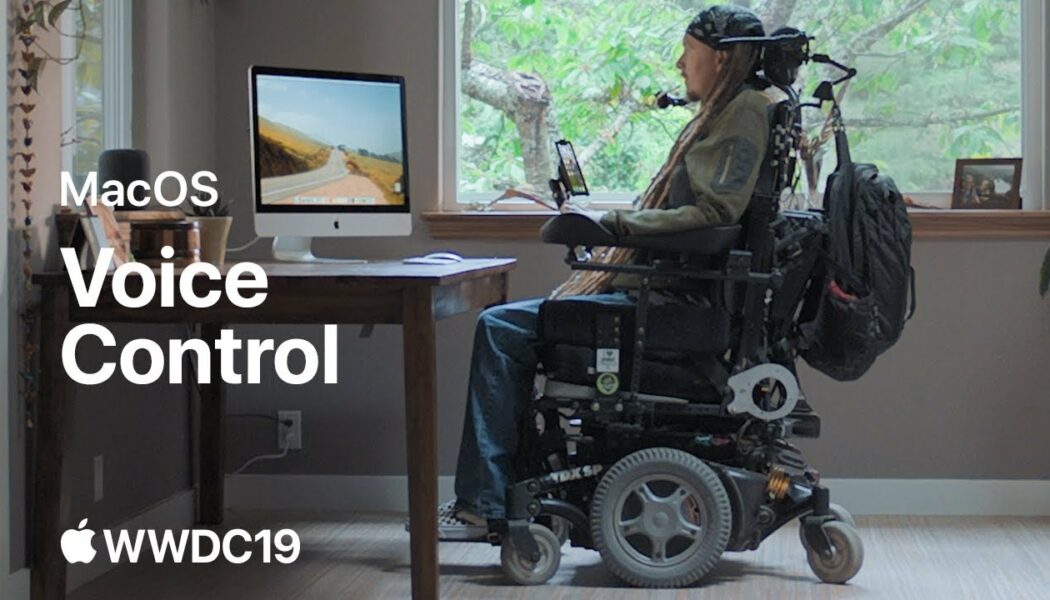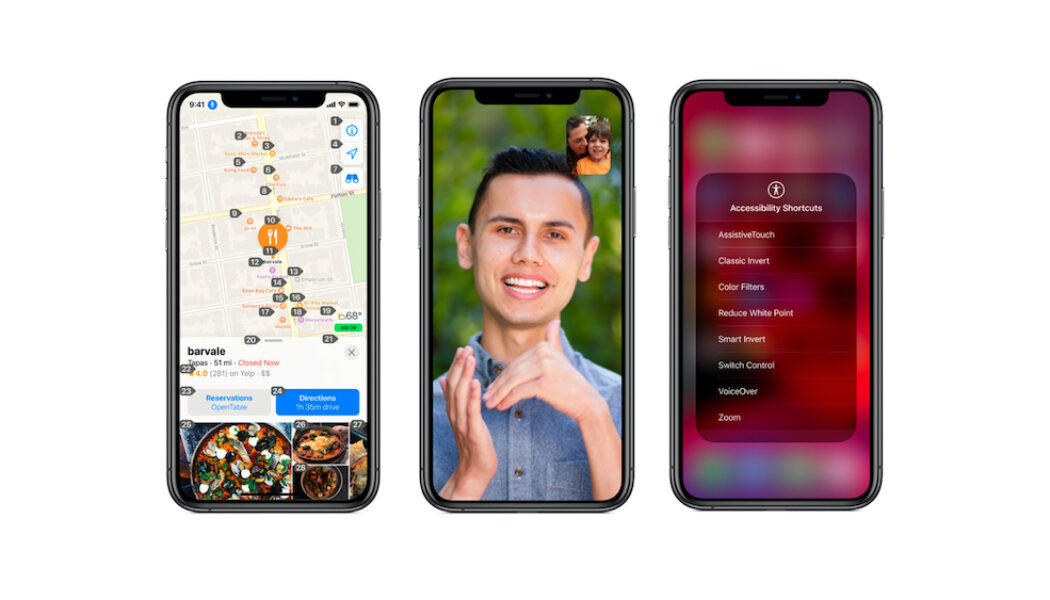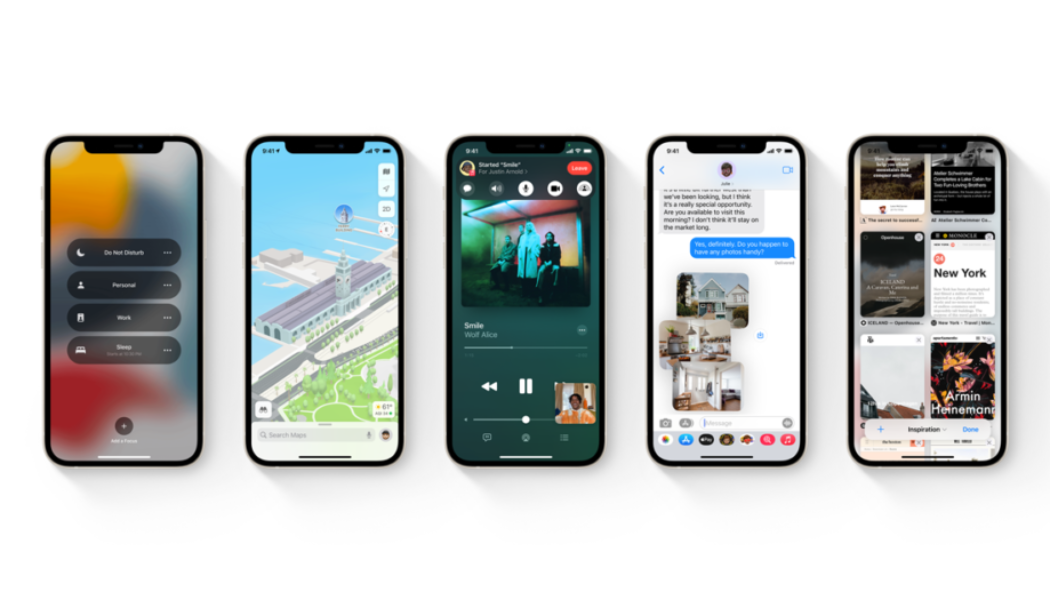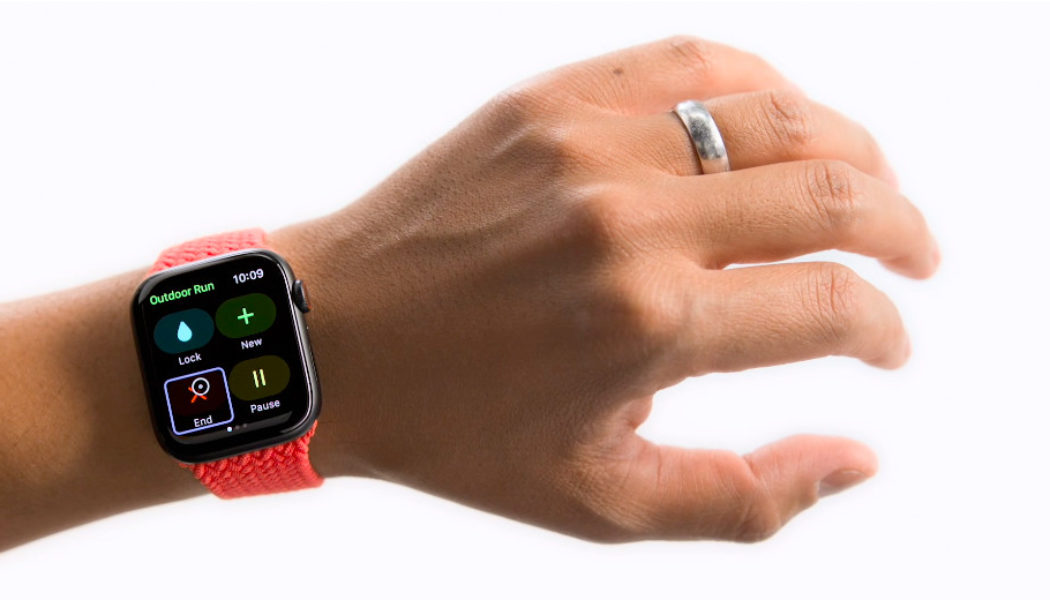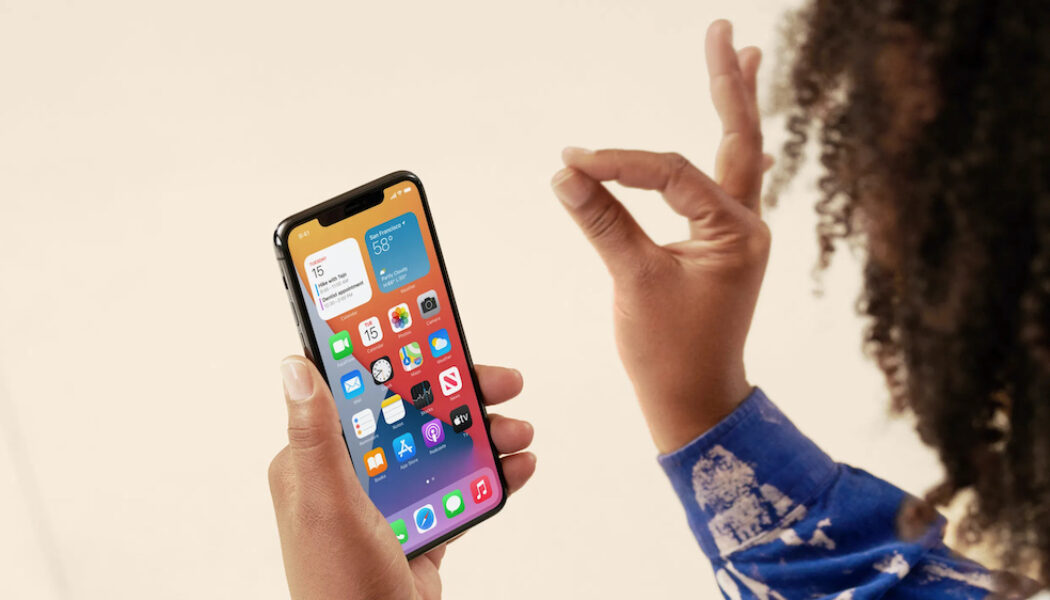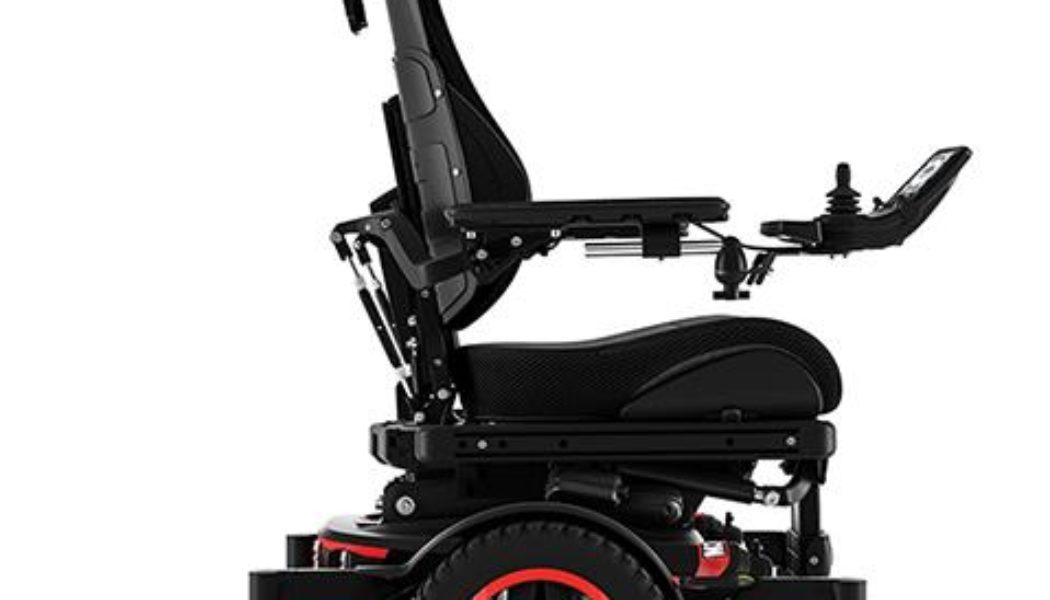Technology
Enhancing accessibility: WhatsApp Mac beta with native Apple Silicon support now available to all users
WhatsApp has been working on an updated Mac app that features native Apple silicon support, and a beta version of the app is now available to all WhatsApp users. This beta version is a significant upgrade from the previous version as it brings several new features and improvements, including accessibility enhancements. One of the most significant changes in this update is the optimisation for Apple silicon-based Macs. The app can now run faster and use fewer resources on machines with the M1, M1 Pro, M1 Max, M1 Ultra, M2, M2 Pro, and M2 Max chips. This optimisation is possible because the app is now a Universal binary, meaning it is built specifically for Apple’s new processors. Another major change in this update is the integration with Apple’s Voice Control accessibility ...
How Ray-Ban Stories help me take photos and videos for the first time
Ray-Ban Stories are wearable smart glasses that give you a new way to capture photos and video, message and call with WhatsApp, listen to music, and like all sunglasses protect your eyes from glaring rays on a sunny day. Launched in September 2021, these wearable tech spectacles are a collaboration between Facebook (aka Meta) and Luxottica (the parent company of Ray-Ban the sunglasses maker). The Wayfarer-style glasses feature a pair of cameras for photos and videos, as well as microphones and speakers. They connect to a Facebook app on your smartphone called View via a Bluetooth connection. Ever since I tried Amazon’s first attempt at smart glasses in 2019, the Echo Frames with Alexa built in, I am convinced that augmented reality AR smart glasses with voice control have huge potent...
KeyboardMike: how I invented a microphone for speech recognition
Getting high levels of accuracy in the words you dictate into a email client, website text box, or document on a computer with speech recognition applications is no easy task. Tech companies that make voice dictation apps, like Microsoft’s Voice Typing tool, Apple’s Voice Control, and Nuance Dragon Professional, don’t manufacture microphones and often they will offer up the impression that all the magic, when it comes to accuracy, happens in their applications. They even suggest the internal microphones on computers, or wireless earbuds, are all you need for accurate speech recognition. However, from my experience the situation is more complicated. The quality and characteristics of the microphone you use plays a significant role in accurate voice dictation. After all, the better the...
Apple adds useful new feature to Mac Voice Control but didn’t tell anyone
The third update to macOS Monterey for Mac computers was released last week. Among the headline grabbing new software tricks in macOS 12.3 is Universal Control, a feature that lets you control multiple Macs and iPads using a single mouse, keyboard, and trackpad. However, another feature of interest to Mac accessibility users made a quieter debut in macOS 12.3. Although it wasn’t shown in the release notes, its been added in macOS Monterey 12.3. Voice Control is designed to allow people to control their Mac using voice commands, rather than a mouse or trackpad. Text can also dictated rather than typed. Both features are important to those who don’t have full use of their arms. Voice Control and dictation on Apple devices work offline. However, this causes a problem when you replace yo...
iOS 15.4 update: Face ID works again for CPAP mask wearers
This week has seen Apple release iOS 15.4 for iPhone users. It’s a big update that brings quite a few useful new features to the iPhone, including the ability to turn off notifications for personal automations in Shortcuts, and 37 new emoji. One of the biggest feature updates for me is a new option in iOS 15.4 to unlock your iPhone while wearing a mask with no additional hardware like the Apple Watch required. Last September, I highlighted how Apple made some changes to the iPhone 13 Face ID setup in terms of both hardware and software, which caused problems for some disabled people who wear Continuous Positive Airway Pressure (CPAP) masks to assist with their breathing. After upgrading to a new iPhone 13 Pro I found Face ID registration was failing when I was wearing my CPAP mask – ...
Overdue Apple Voice Control upgrade should include better dictation accuracy
Apple operating systems and apps face various performance and reliability issues: AirPlay reliability when connecting multiple HomePods, a HomeKit bug that can kill iOS devices, and more… However, what no one, (apart from disabled users), ever talks about is how buggy, unreliable and inaccurate dictation is in Voice Control, the company’s flagship speech recognition application for disabled people with upper limb mobility impairments. With Voice Control, Apple says you can navigate and interact with your iPhone, iPad or Mac computer using your voice to tap, swipe, dictate and more. The application was unveiled in 2019, to much fanfare on stage at Apple’s WWDC 2019 conference for developers and this was just a few months after Nuance removed support for its then leading Dragon s...
Apple accessibility 2021: the good and the bad
Autumn has been a busy period for Apple. Following a summer of beta testing it released major updates to its operating systems, including iOS 15, watchOS 8, and macOS Monterey. The company also released a bunch of new hardware, including iPhone 13, Apple Watch Series 7, AirPods 3 and new Apple Silicon MacBook Pro laptops. Over the past few weeks, I have managed to get my hands on the new iPhone 13 Pro, Apple Watch Series 7, and AirPods 3 and have been trying them out along with iOS 15 and watchOS 8. Here’s my experience of how accessible Apple gear is in 2021 for anyone who uses a wheelchair and has limited use of their hands. Auto-answer A new option to have calls answered automatically with the introduction of a auto-answer feature on the Apple Watch cellular has been one of the st...
WWDC 2021: accessibility at Apple goes mainstream
At its WWDC event last week, Apple unveiled the latest versions of its major operating systems: iOS 15, iPadOS 15, MacOS Monterey and WatchOS 8. While these updates include some eagerly-anticipated new features — like enhanced privacy options, FaceTime calls coming to Android users and dual-screen controls for working across Macs and iPads – there were some features that didn’t get highlighted as accessibility features in the keynote but will be extremely useful for people with physical disabilities. Here are some of the software features and tools coming to your Apple devices later this year that will be a boon for some in the disability community. Announce Notifications It may not be immediately obvious that there were any big, new accessibility announcements at WWDC 2021, (A...
Apple Announces AssistiveTouch for Apple Watch
Apple has just announced a range of new accessibility features that are designed for people with mobility, vision, hearing, and cognitive disabilities. One of the most interesting concerns the Apple Watch. Following a software update later this year, people with upper limb mobility problems should be able to use AssistiveTouch for Apple Watch to control the wrist-worn device without touching the display or controls. The company says the Apple Watch will soon be able to detect muscle movement and tendon activity through its built-in gyroscope and accelerometer sensors, allowing users to control a cursor on the watch screen, answer calls, access notifications, and more by making various movements and gestures. (You can see the new capabilities in action in this video) A long time coming The ...
8 ways for Apple to be more disability aware
Global Accessibility Awareness Day is in its tenth year of promoting digital access and inclusion for the more than one billion people worldwide with disabilities. Apple is celebrating the day by making its most popular virtual Today at Apple sessions even more accessible with sessions presented in sign language. It has to be said the Cupertino company has certainly been punching its weight recently as accessibility for disabled iPhone users received a major boost with the release of iOS 14.5. The update now lets users answer phone calls using Siri voice commands hands-free without having to touch anything. The option is part of the Announce Calls with Siri feature, which lets you hear the name of who is calling when using AirPods, the company’s popular headphones. However, as well as tell...
The next big electric wheelchair innovation is right under your nose
I have been using an electric powered wheelchair for more than 40 years. In the 1980s powered wheelchairs were very basic and did little more than take you from A to B. Thankfully, over the decades technology has progressed and today there are a lot more options for users. Powered actuators will let you tilt the seat, recline the backrest, extend the leg rests, and raise and lower the height of the seat, all with the press of a button. Improvements like advanced seating systems, lights, suspension systems, and intelligent steering have been the main developments in electric powered wheelchairs I have seen during my lifetime but all this progress has still left me with a big question, “What’s the next real innovation?” A voice-driven electric powered wheelchair? Instead of...
Laughing Man on Apple WWDC 2020
Apple, arguably, has a great record on tech accessibility but sometimes the company gets things oh so wrong. As a bit of a laugh, as we wait for its WWDC 2020 showpiece keynote event, where Apple unveils details of its operating system updates for the year, here are a few areas that need improving to ensure iOS 14 and watchOS 7, and macOS 10.16 are as accessible as possible to people with severe physical disabilities. We love you Apple but come on guys you can do better than this! My roundup of what the tech giant needs to do to make its devices accessible to everyone.




